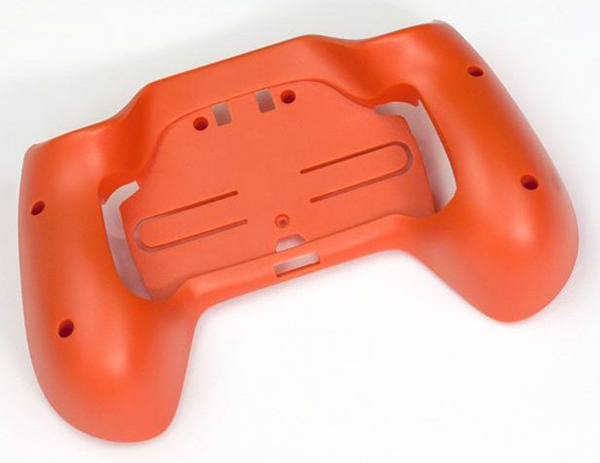One of the most widely used and versatile prototyping techniques is vacuum casting, the simple reason being; it has multiple properties that can be used to create a working prototype or product, a lot of designers and engineers prefer this prototyping process when it comes to product development.
The properties and appearance are very similar to components used in manufacturing engineering polymers and high-quality products such as polypropylene, elastomers, ABS, nylon, and polycarbonate.
During the entire process, it’s usually very hard to match the desired property traits with your preferred material. One good thing with vacuum casting is there are plenty of materials to select from. The casting materials used will replicate the specific needs and requirements of the engineer or designer for the thermal properties, physical and thermal of the parts you’d like to be shown.
Some of the most widely used materials used in vacuum casting include: thermoplastics, resins, rubbers, these materials have the same characteristics and properties of the particulate such as the level of transparency, stability, UV, flexibility, physical appearance, strength, and rigidity.
Vacuum casting can be applied in different ranges, the process is used in a varying spectrum of industries such as consumer goods, food production, telecommunications, engineering, pharmaceutical, medical, automotive, and aerospace.
Elastomers/ Rubber
Rubber is regarded as one of the most versatile and flexible materials used in the vacuum casting process, the materials are known for producing seals and gaskets as its highly durable. It’s for this reason that a lot of manufacturers and clients prefer rubber especially when it comes to replicating components used in the casting process.
Amongst the materials used, elastomers/rubber is one of the most widely used and affordable, the most popular types of rubber used include: F126, F141, and UPX8400.
Durable Polycarbonates
If you want components that have a high-shock resistance, then durable Polycarbonates should be at the top of your list. It also can withstand very low and high temperatures, when it comes to appearance; it has an appealing and attractive translucent look.

Vacuum casting products*
Polypropylene
Industries that require plastics as one of their components, Polypropylene is amongst the best materials used in vacuum casting. It’s very easily available and cheap as well, these materials are ideal in producing robust and long-lasting goods and products.
Some of the goods/products produced used these materials include: medical equipment, laboratory, housewares, toys, and utensils just to mention a few. Polypropylene is the second most used material in the casting process.
Its thermoplastic polymer resin has a semi-crystalline structure and design. With its unique characteristics and durability, Polypropylene is used in a wide variety of industries due to its impressive characteristics.
One of the major traits of all the materials used in the vacuum casting process is due to easy formation characteristics and durability. The products created from the above materials can also be re-used and created into a whole new product. I mean just how amazing is that!
Vacuum casting is a vital manufacturing technique that has truly changed the landscape of the production process.
Reference
*Image from https://www.protoandgo.com/
